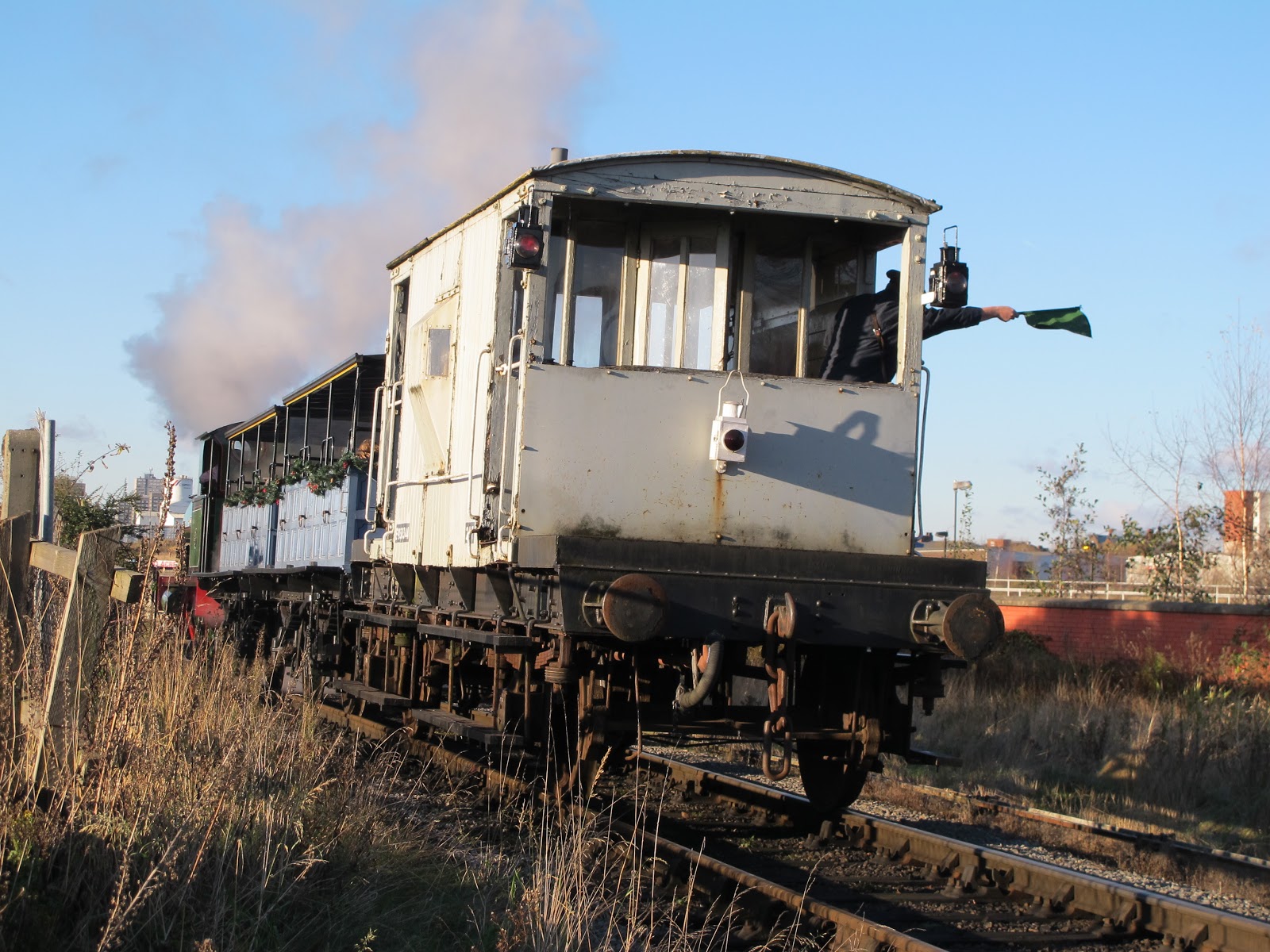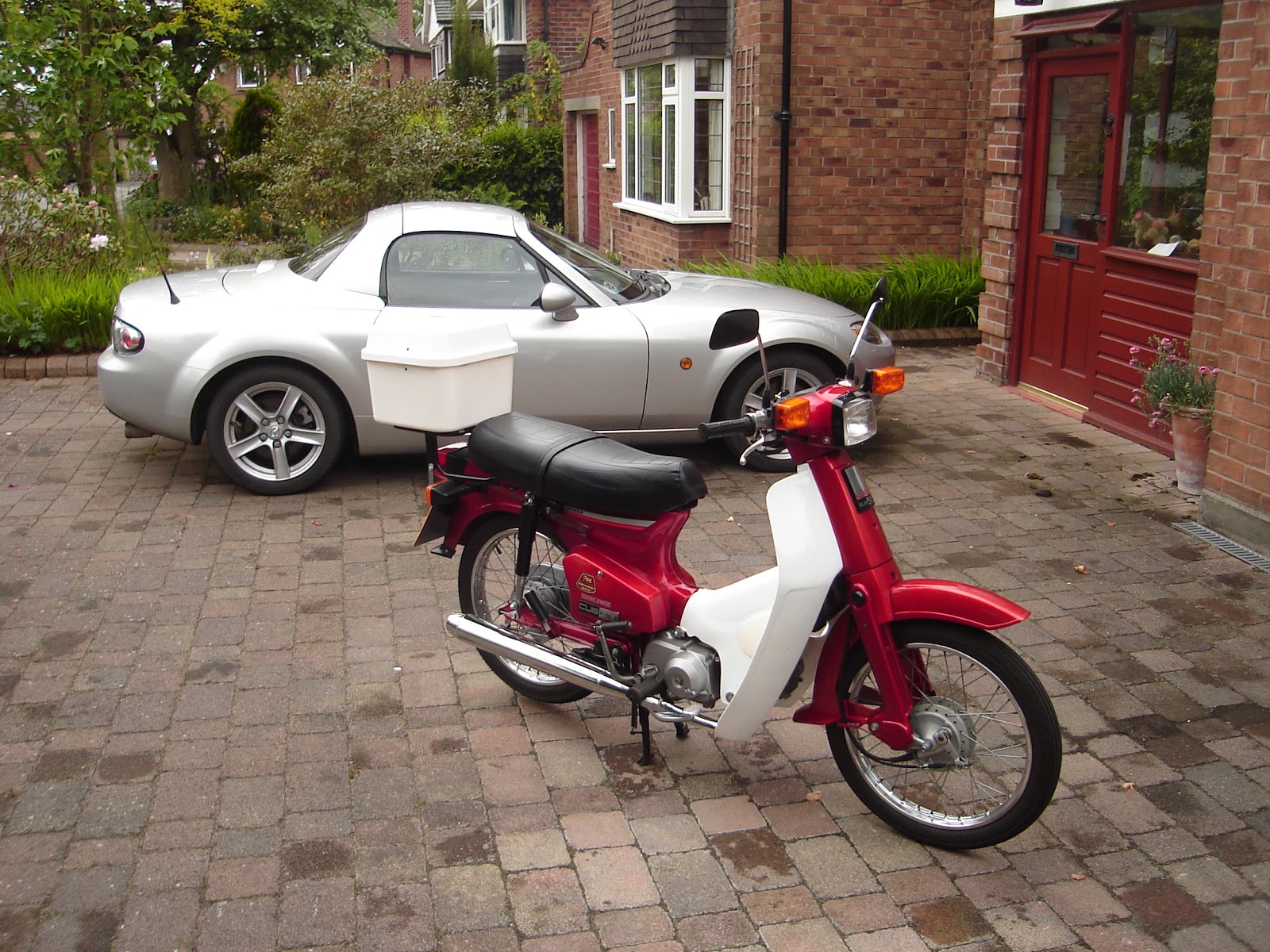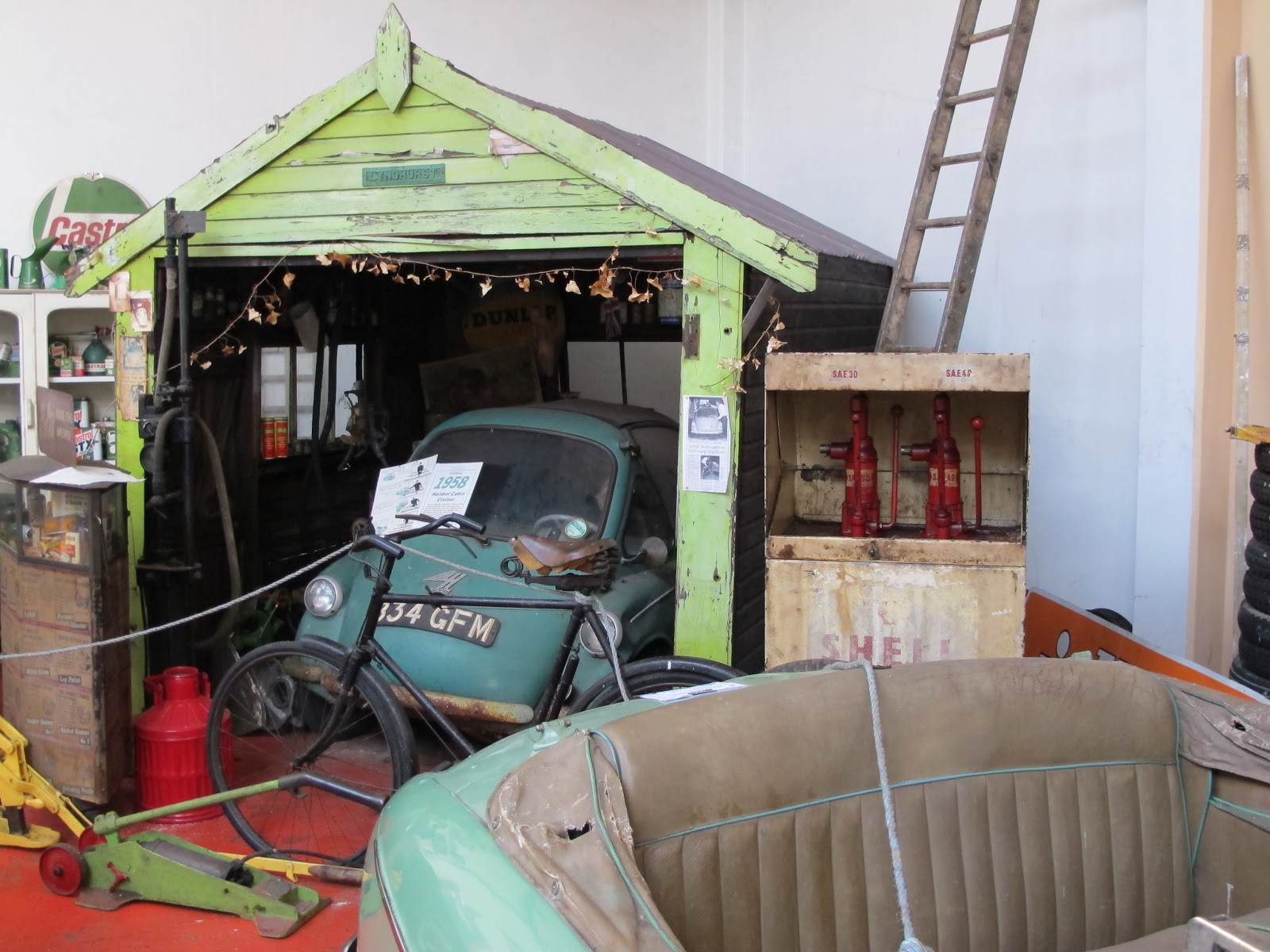This little bike has two oil filters, and to access them you have to remove the right hand engine cover. So I removed the leg shields, the kick start lever, the exhaust pipe, the battery, the footrests, and that engine cover. The main filter is a simple wire gauze one which is pulled out and cleaned in petrol to remove any debris (mine had a few tiny traces of swarf on it, probably from the gears as the engine shares its oil with the gearbox on this bike).
The second filter is a centrifugal one mounted on the end of the clutch basket. The spinning of the clutch forces heavier elements suspended in the engine oil to the extremities of the filter where they lodge. We had to use an impact screwdriver to remove the four screws that secure the filter plate to the clutch basket, but I'm glad we persisted because after about 26,000 miles there was quite a deposition of hard black sludge in the filter, which I cleaned out.
As ever, please click on any image to enlarge it.
The C90 on the new bike lift and stripped down. The leg shields are off, as is the right hand engine cover. The clutch basket is the drum shaped object just to the left of the brake pedal, and the centrifugal engine oil filter has been removed from the face of it and the crud scraped out.
When we removed the spark plug it could be seen that the previous owner had not fully tightened it as it wasn't fully screwed in and showed signs of 'blow by' of exhaust gasses. The bottom threads were sooted up so we ran a greased tap down the hole to clean it but unfortunately the tap contacted the inlet valve and bent it very slightly preventing it seating properly and resulting in lost engine compression. So the cylinder head had to come off, which was perhaps as well as some swarf from the tap would have gone into the cylinder anyway and it'd be good to get that out before running the engine.
In fact, I decided to do a top end overhaul, checking and replacing the valves if necessary, and also taking the opportunity to have a look at the cylinder bore itself.
A general view of the C90 on the bike lift, removed parts, tools, and the Haynes manual
much in evidence
The carburettor and air filter were removed as were several other parts to gain clear access to the cylinder head. The cam sprocket cover and other peripheral head parts were removed, the head nuts etc, and the three bolts holding the cam sprocket to the cam shaft (this little engine is overhead cam). Luckily this is an electric start bike so there is an inspection hole on the left hand engine cover through which the valve timing marks can be viewed, obviating the removal of that engine cover. The cam chain tensioner was removed and the head carefully slid up the hold-down studs and off the engine, taking care that the cam sprocket remained engaged with its chain as it came clear of the head.
The top of the cylinder barrel with the four hold-down studs, the cam sprocket, and its drive chain clearly visible, as is the blackened piston crown
Very slight scoring on the camshaft journals, but the cam lobes look good!
The headless engine viewed from the other side, with the carburettor assembly tied up out of the way.
The removed cylinder head. Note the heavy black carbon deposition which will have to be removed, and the cleanliness of the exhaust valve compared to the bigger inlet valve, indicating that the former runs much much hotter than the latter.
The vital parts removed from the bike, including clutch actuator mechanism, various covers, bolts, bearings, camshaft, and valve gear
'Exmo' (XMO!) showing the limited working space in the garage
'Exmo' (XMO!) showing the limited working space in the garage
The cylinder bore is free from any scoring or ridges so shows no sign of wear; that's a relief! I've yet to remove the valves from the head (I have a valve spring compressor on order to do that), order new gaskets and at least an inlet valve, then clean up the head and piston crown and various gasket faces. After that, reassembly can commence!
I know the main stand is corroded to its swivel pin (so the pin moves in the frame rather than the stand revolving around the pin) due to awful Honda design (there's nothing to prevent the pin rotating in the frame, so it does!). But I have a modification in hand to sort that out which will start with angle-grinding the old pin out. Then there's the final drive chain to check. But before all that, I'll re-assemble Exmo and get her running again.
When all this is done I'll know I have a very sound little bike for further Stepper trips on nice days!
Update, January 2013
The inlet valve was replaced and the valves lapped in after I'd obtained a valve spring compressor to facilitate the job, and Malcolm and I soon had the head back on, timing up the camshaft for the valve timing very carefully.
I suggested putting the spark plug in to check the compression... and then we discovered that our tapping of the threads hadn't done the job. The plug didn't actually go far enough into the head to pick up the 'good' threads, and was spinning uselessly on the worn upper threads. So the spark plug hole would have to be repaired, which meant the cylinder head had to come off again. This was disappointing, but there was no alternative.
Checking with the gurus on the Honda C90 Internet Forum it seemed what was needed was not a Helicoil repair to the thread (where a wire coil is inserted into the old threads to form new ones) but a better system known as TimeSert. This involves tapping out the old thread slightly oversize, and screwing in a metal insert which has the correct thread for the spark plug. I found a small motorcycle repair business underneath the railway arches near Deansgate in Manchester who could do this (Kickstart Motorcycles), and one snowy Friday I took the head there had the job done.
Update, January 2013
The inlet valve was replaced and the valves lapped in after I'd obtained a valve spring compressor to facilitate the job, and Malcolm and I soon had the head back on, timing up the camshaft for the valve timing very carefully.
The old inlet valve, not bent as at first thought, but clearly showing damage where the tap had contacted the valve head it as it was fed down the spark plug hole. This prevented the valve from seating, and so there was no compression in the engine.
I suggested putting the spark plug in to check the compression... and then we discovered that our tapping of the threads hadn't done the job. The plug didn't actually go far enough into the head to pick up the 'good' threads, and was spinning uselessly on the worn upper threads. So the spark plug hole would have to be repaired, which meant the cylinder head had to come off again. This was disappointing, but there was no alternative.
Checking with the gurus on the Honda C90 Internet Forum it seemed what was needed was not a Helicoil repair to the thread (where a wire coil is inserted into the old threads to form new ones) but a better system known as TimeSert. This involves tapping out the old thread slightly oversize, and screwing in a metal insert which has the correct thread for the spark plug. I found a small motorcycle repair business underneath the railway arches near Deansgate in Manchester who could do this (Kickstart Motorcycles), and one snowy Friday I took the head there had the job done.
The cleaned-up head, with a new inlet valve fitted and the
copper-coloured TimeSert visible in the spark plug hole
The TimeSert is visible in this outside view of the cylinder head
At this point I decided to renew the clutch plates as I'd noticed a slight tendency for the clutch to slip when kick-starting the bike. I had to order a special tool to remove the clutch nut, but otherwise the job was quite straightforward.
Clutch drum removed from the engine, with the friction and driven plates taken out to show the bob weights for the centrifugal mechanism which automatically engages the clutch as the engine revs rise
A comparison of the old (left) and replacement (right) clutch friction plates

The C90, like many motorcycle clutches, runs in oil. Here are the three replacement friction plates being soaked in engine oil before fitting.
With the new friction plates fitted the clutch drum is fitted back onto the engine. The clutch nut that holds it on is behind the metal centrifugal oil filter cover, itself held on by the four Allen socket screws. These were changed from the original cross-head screws as the latter very difficult to remove (we had to use an impact driver for the job). Just the clutch release mechanism to fit, then the right hand engine cover with its gasket can go back on.
.
A comparison of the old (left) and replacement (right) clutch friction plates

The C90, like many motorcycle clutches, runs in oil. Here are the three replacement friction plates being soaked in engine oil before fitting.
With the new friction plates fitted the clutch drum is fitted back onto the engine. The clutch nut that holds it on is behind the metal centrifugal oil filter cover, itself held on by the four Allen socket screws. These were changed from the original cross-head screws as the latter very difficult to remove (we had to use an impact driver for the job). Just the clutch release mechanism to fit, then the right hand engine cover with its gasket can go back on.
Engine cover in place, clutch adjusted using the set screw in the centre of the dome, footrests and kick start lever back in place, all ready to try to remove the main stand....
See the entry for 31st January in this blog to follow how we tackled the main stand renovation.
.
.





















































